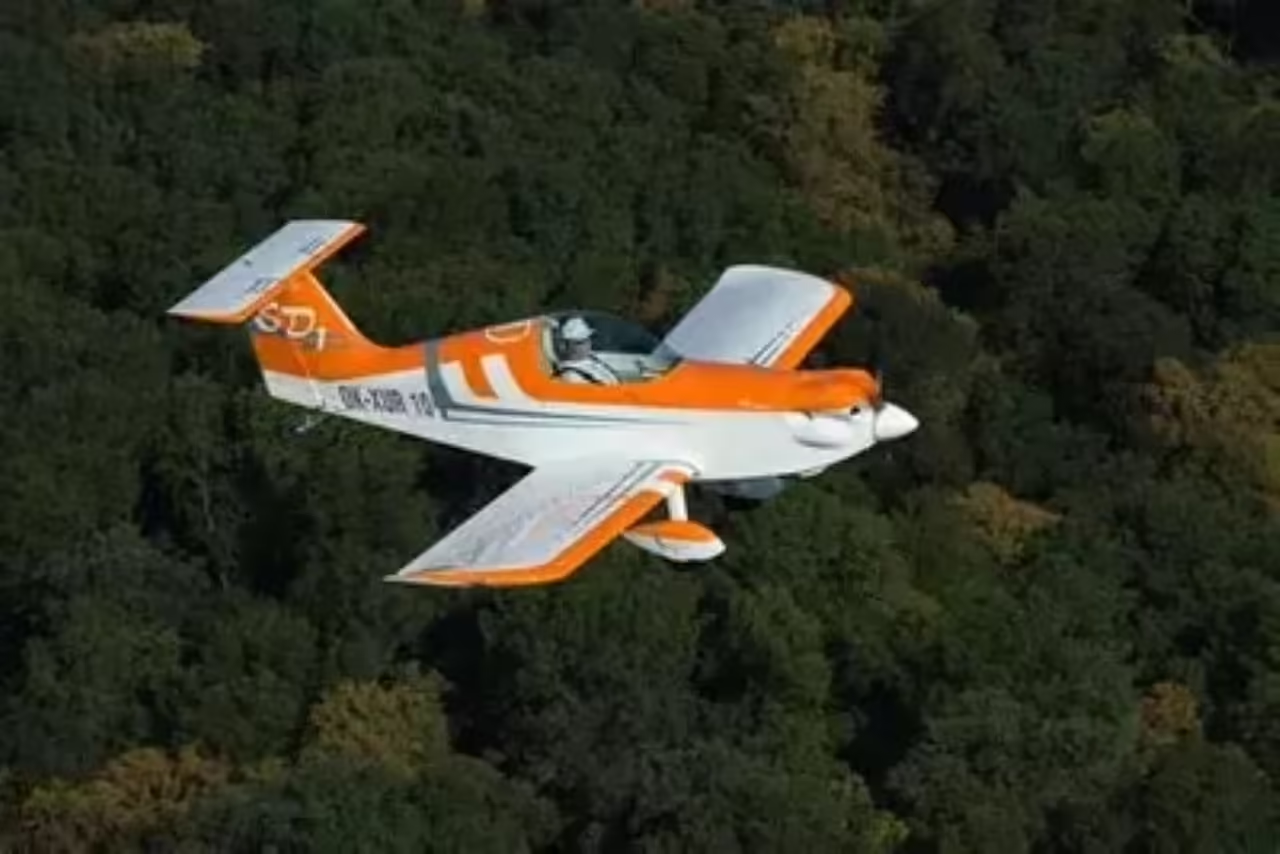
You have the right equipment for this subject? Although the camera or lens does the photographer have a good team always helps. I leave several recommendations from my experience in landscape issues, both wide-angle, standard objectives, such as telephoto lenses.
The landscape photography therapy that combines technology and nature. A theme that can really intervene any target, although for obvious issues I will focus especially on large angular. The current market offers many and varied possibilities, although the tremendous arc not justified price:
Angle Large
Nikkor AF-S 14-24mm f2.8 FX. Many photographers who shoot with Nikon raving about this goal. Its zoom range allows you to choose the best focal length for the desired scene. In addition, its large opening makes it an extremely versatile lens for other uses and makes catches with a great level of detail. Therefore, we are facing one of the best wide angle lenses on the market today.
Canon S 15-85mm f3.5-5.6 EF-. Not as bright as the previous, but its small opening will not take back because a large opening for landscapes is not necessary. Capture sharp images solid, and it is not too heavy, so you can carry around.
Canon EF 17-40mm f4 USM. It is a newly manufactured L series lens, quite affordable compared to its competitors, ideal for both digital SLR system to cinema. It is able to focus from a 28cm and offers both manual focus and a powerful ring USM for a very fast and quiet autofocusing. Its maximum aperture is f4, so it’s probably the point at which further weakens and may not be the best choice for amateur night photography. It has a 77mm filter diameter and stands by one, very similar to the objectives of the L series of high-end robust and sturdy construction. In fact, your new optical design of three spherical elements plus a Super-UD glass element
Spectacular capture long exhibition held with the Canon 17-40mm f4. Source: CanonRumors
Tamron 10-24mm f3.5-4.5. An excellent and affordable choice. covers a suitable range and you can find it for less than 500 euros / dollars. As always in this type of brands, there are versions for Nikon, Canon, Sony and Pentax.
Sigma 10-20mm f3.5. With an opening throughout its range of f3.5, this is quite Sigma 10.20mm recommended for low-light photography. I have always considered that the objectives of this brand have the ability to emphasize in a special way the relationship between the elements of the picture. Something that become important creative tools compared to other brands. It also has a multi-layer coating reduces flare and ghosting. Its construction based on four elements provides proper correction of distortion and your inner focusing system eliminates rotation of the front lens, which makes it suitable for use with polarizing filters. This goal is a great option, although in my opinion, behind the Canon 17-40mm despite its greater brightness.
Royalty a lake in Colorado (USA) taken with the Sigma 10-20mm f3.5. Source: SigmaPhoto
Rokinon 12mm f2. The last in this category, but not the worst. Yes, it is only suitable for mirrorless frames. is available for Canon, Sony, Fujifilm and Samsung. But much attention to its equivalent in focal length for each of the systems. Its equivalence to micro four thirds is 24mm for the Canon mount M is 19.2mm and 18mm for the rest. It is very bright and offers a minimum focusing distance of 20 cm. In addition, has the distinction of having a coating of nano-crystals on the inner surface of the front elements to minimize glare, increase clarity and minimize ghosting (blurs, blurred or faded).
Telephoto lenses
Nikkor ED VR 70-200mm f4. One of its strengths is its lightness when compared with similar market. As covers a wide focal length, you can complement it with a wide angle and avoid acquiring a third objective standard. It’s great for landscape photography and produces very sharp images.
vivid and sharp Nikkor VR 70-200mm with f4 colors. Source: CameraEgg
Canon USM EF 70-200mm f4. Not too heavy and has a more affordable price.
Sony 70-200mm f4. Like the previous ones, it has a very versatile focal range. It offers a quite remarkable overall performance, but does not stand out precisely because of its brightness. With two double aspherical lens face, aberrations at the edges of images are reduced while maintaining sharpness and contrast correctemente in almost all openings. In addition, these objectives Carl Zeiss Sonnar have a unique coating that helps to naturally reproduce colors.
Standard
Nikkor 50mm f1.8. It is part of my team. It is a fixed-focus lens, budget, which provides good results in landscape photography.
Canon EF 24-70mm f2.8 II. You have a great building and the fact cover a wide range allows use it to other issues.
Canon EF 50mm f1.8 STM. almost perfect sharpness and excellent brightness. A knockdown price on Amazon. So do not miss the opportunity!
Hipertextual






